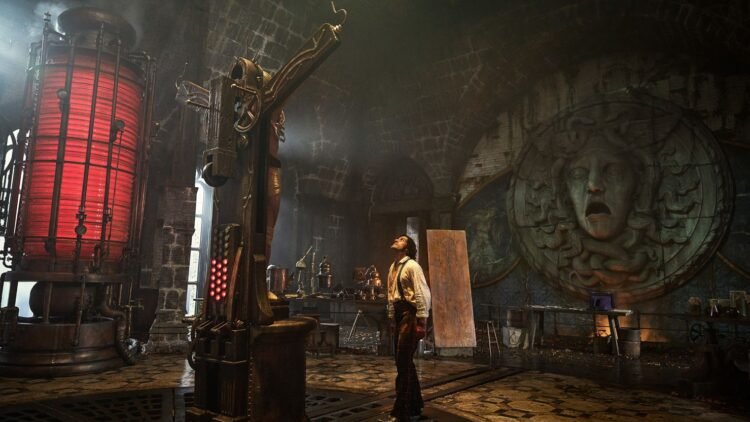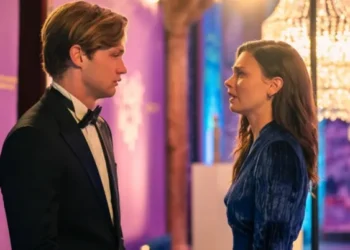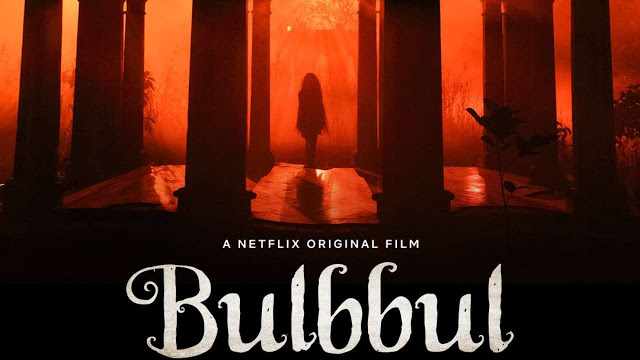Ever since Mary Shelley’s groundbreaking novel emerged in 1818, Frankenstein has captured imaginations across generations. Numerous film and stage adaptations have attempted to bring Victor Frankenstein’s tragic experiment to life, but few have truly balanced Gothic horror with human emotion. Enter Guillermo del Toro, a filmmaker whose lifelong passion for Shelley’s tale has finally been realized. After decades of studio resistance, Netflix gave del Toro the green light — and the result is a visually breathtaking, emotionally charged retelling that’s as intimate as it is grand.
Story
Set in the mid-19th century, Guillermo del Toro’s Frankenstein opens with a stark, icy prologue in the Arctic, framing a relentless decades-long chase between an injured Dr. Victor Frankenstein (Oscar Isaac) and his creation (Jacob Elordi).
The film unfolds in two compelling halves: the first centers on Victor’s journey from prodigious medical talent to a man consumed by the idea of overcoming death, only to recoil from the living embodiment of his ambition. The second half shifts focus to the Creature, revealing his search for love, belonging, and self-understanding in a world that fears him.
Themes of isolation, grief, forgiveness, and the longing for connection resonate throughout, with the ultimate emotional climax rooted in reconciliation rather than revenge.
Performances
Jacob Elordi delivers a career-defining performance as the Creature. Encased in intricate prosthetics, he imbues the role with vulnerability and grace, turning a feared monster into a poignant figure cursed with eternal life. His expressive presence in the film’s opening movements — using little more than body language and a single spoken word — conveys innocence, pain, and yearning. When his voice finally emerges, it’s a haunting, gravel-toned echo that deepens the audience’s empathy.
Oscar Isaac’s portrayal of Victor is equally compelling, capturing the transformation from arrogant genius to shattered man haunted by his choices.
Mia Goth’s Elizabeth radiates warmth and humanity, acting as the emotional counterpoint to the film’s darker currents. While Christoph Waltz, Felix Kammerer, and Lars Mikkelsen offer memorable turns, they don’t get as much narrative space as their talents deserve.
Behind the Scenes
Alexandre Desplat’s sweeping score heightens every dramatic beat, underscoring both the grandeur and intimacy of the film’s most powerful scenes. Dan Laustsen’s cinematography — with its signature wide-angle grandeur — envelopes you in the Arctic vastness, intimate close-ups, and richly detailed Victorian settings.
The production and costume design impeccably recreate the era, while the makeup team crafts a Creature whose deformities are imbued with haunting beauty. Deliberate use of color — green for Elizabeth’s warmth, blue for isolation, red for Victor’s fervor — underscores the story’s emotional beats.
Final Verdict
Guillermo del Toro’s Frankenstein is not just another adaptation — it’s a soulful reimagining rooted in the relationship between creator and creation. By framing Victor as the story’s true antagonist and exploring the Creature’s capacity for forgiveness, the film turns a centuries-old Gothic tragedy into an emotionally resonant tale of redemption.
With its blend of breathtaking visuals, mesmerizing performances, and thematic depth, this Netflix release is a must-see for fans of del Toro, Gothic horror, and timeless storytelling.
https://snooper-scope.in/guillermo-del-toro-frankenstein-netflix/























